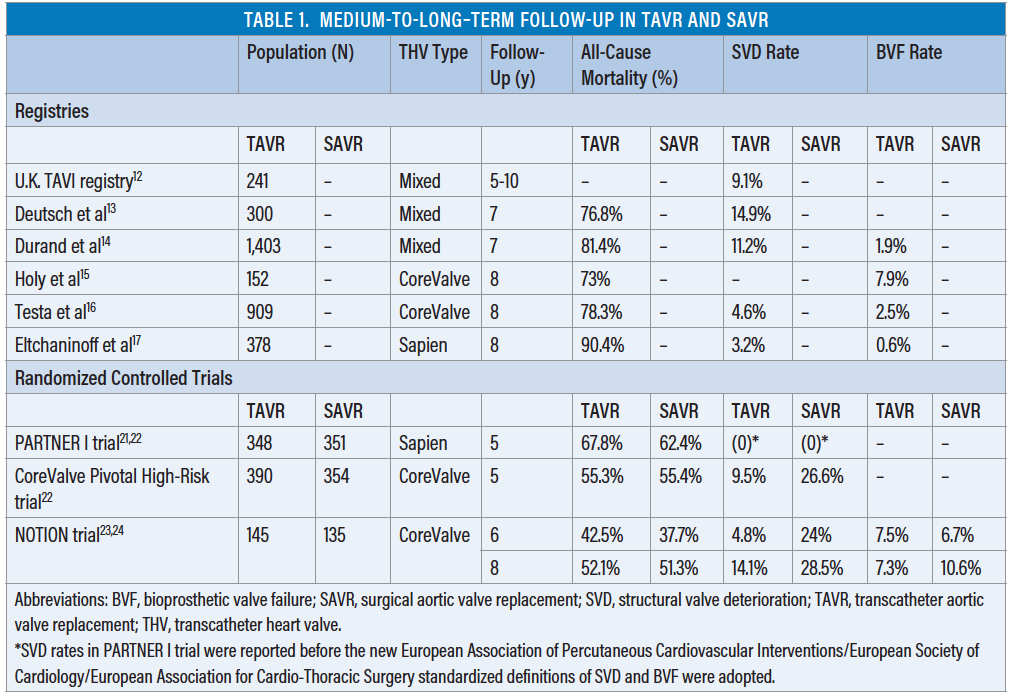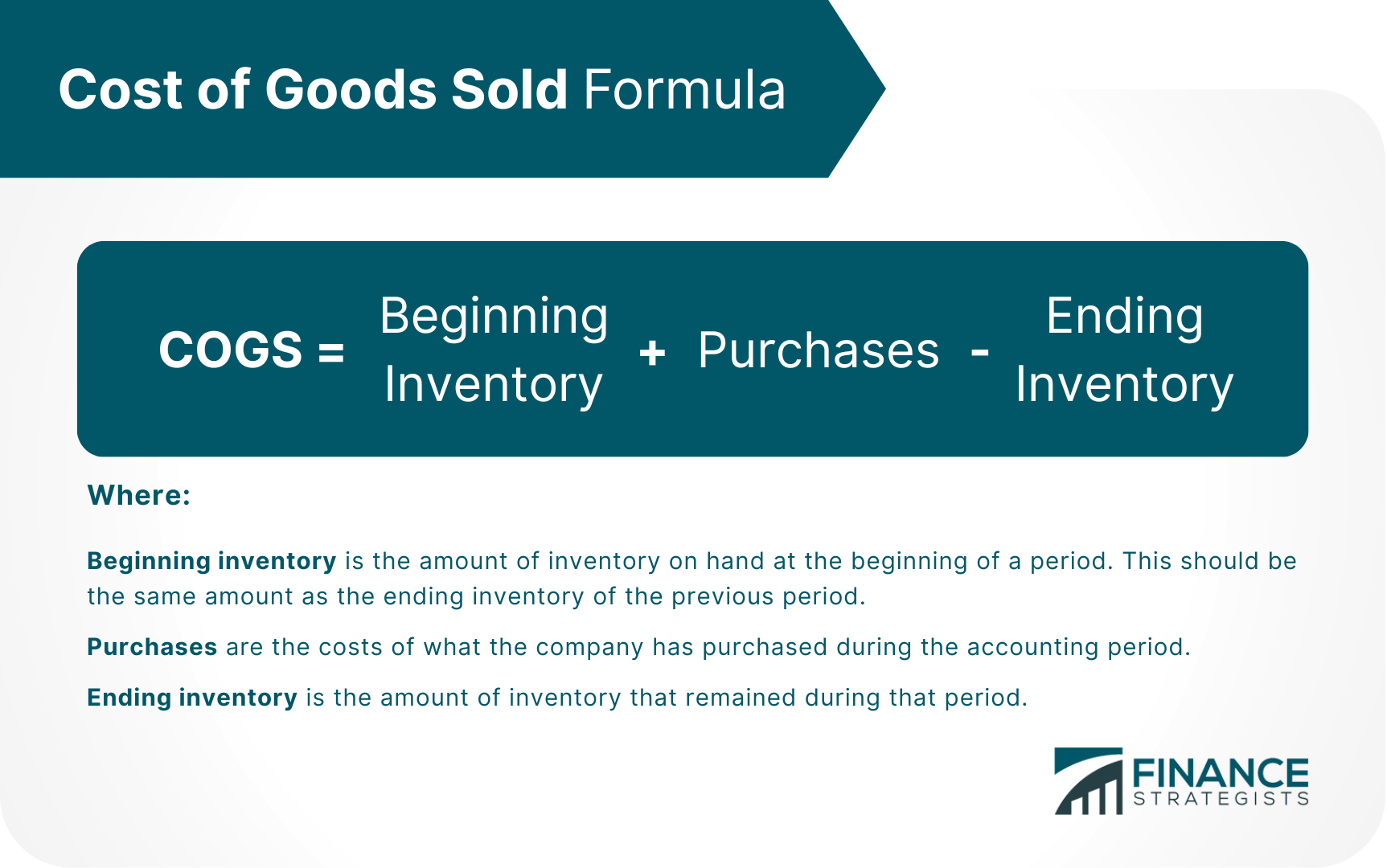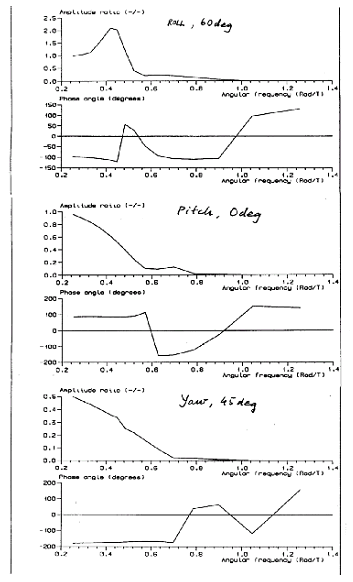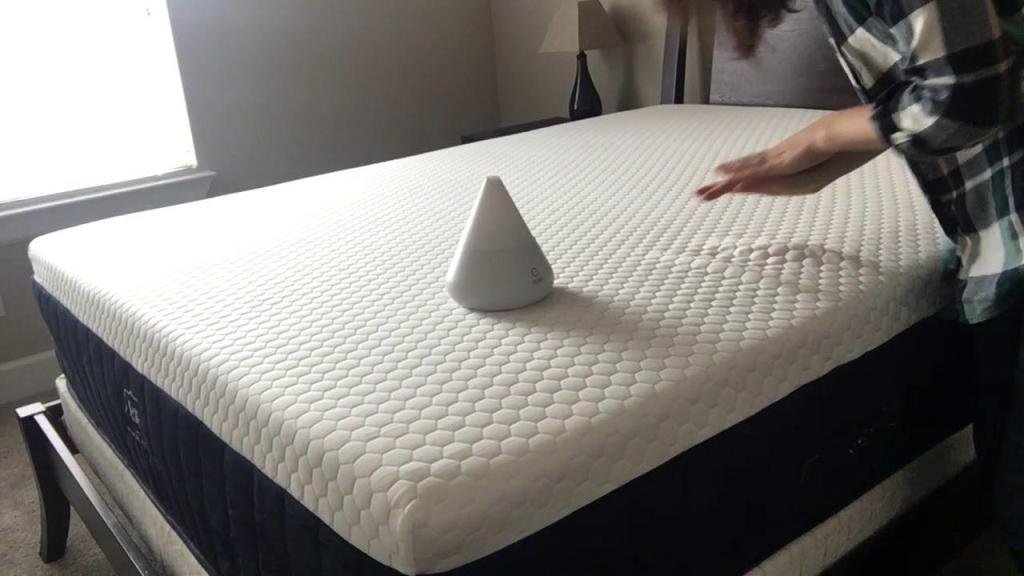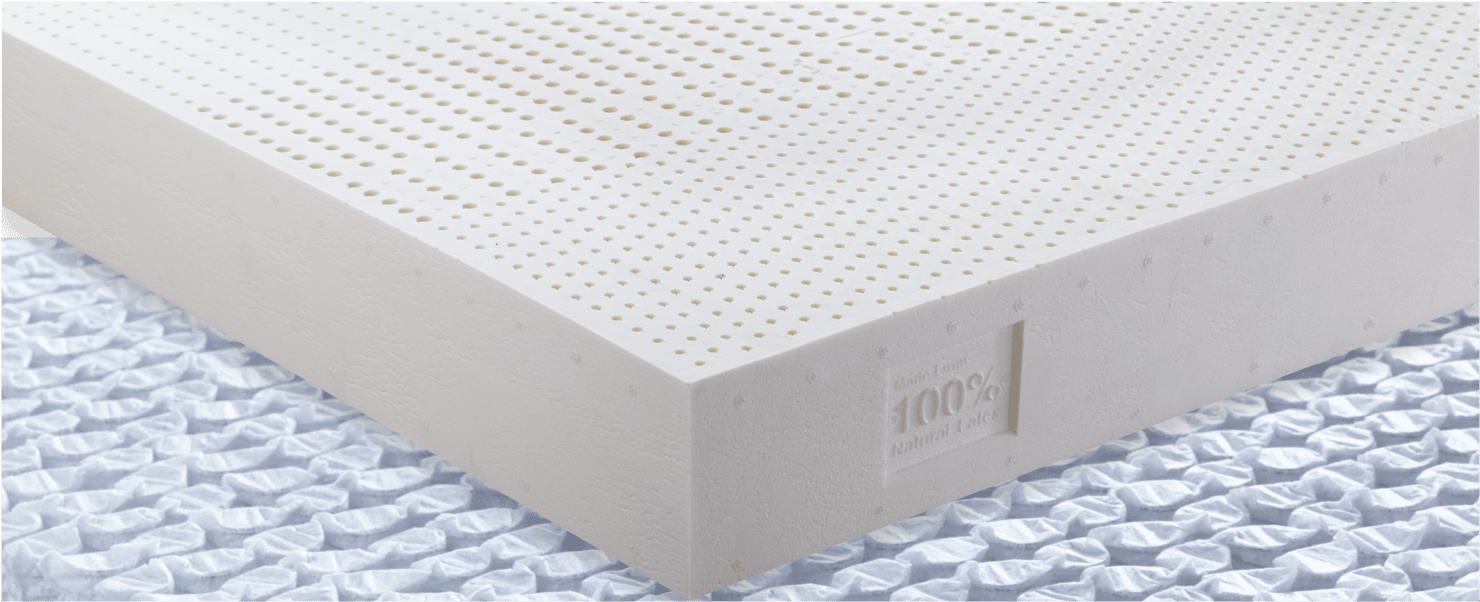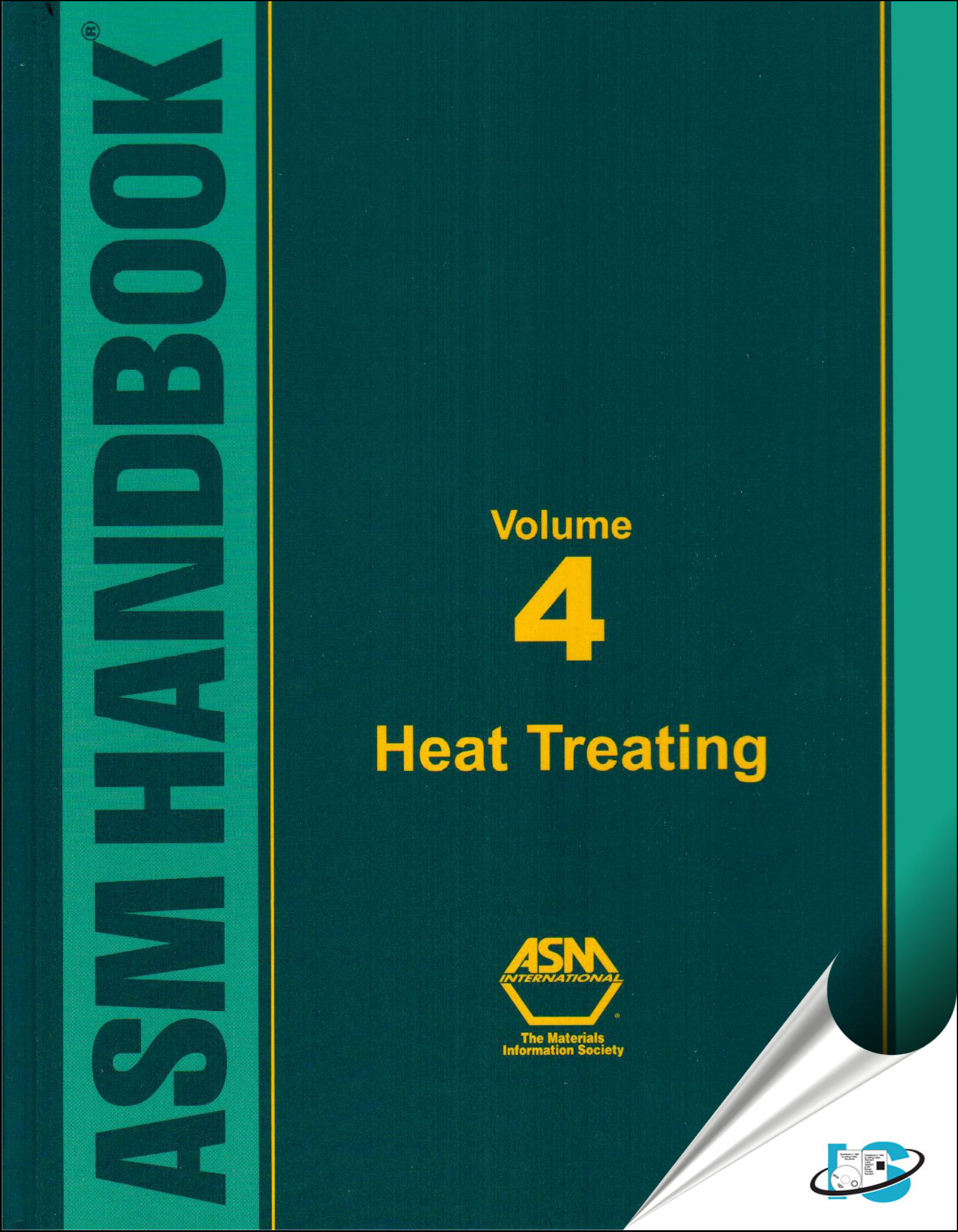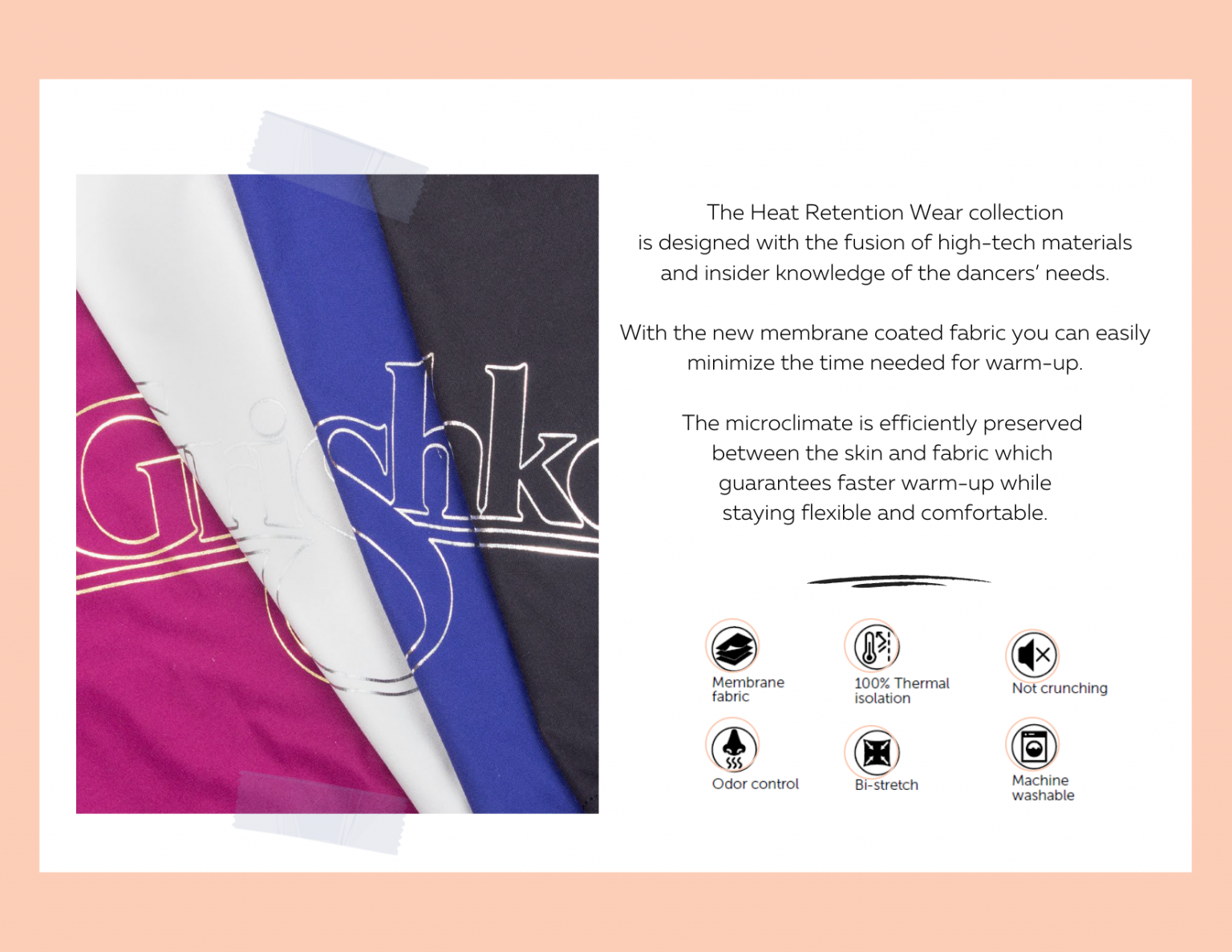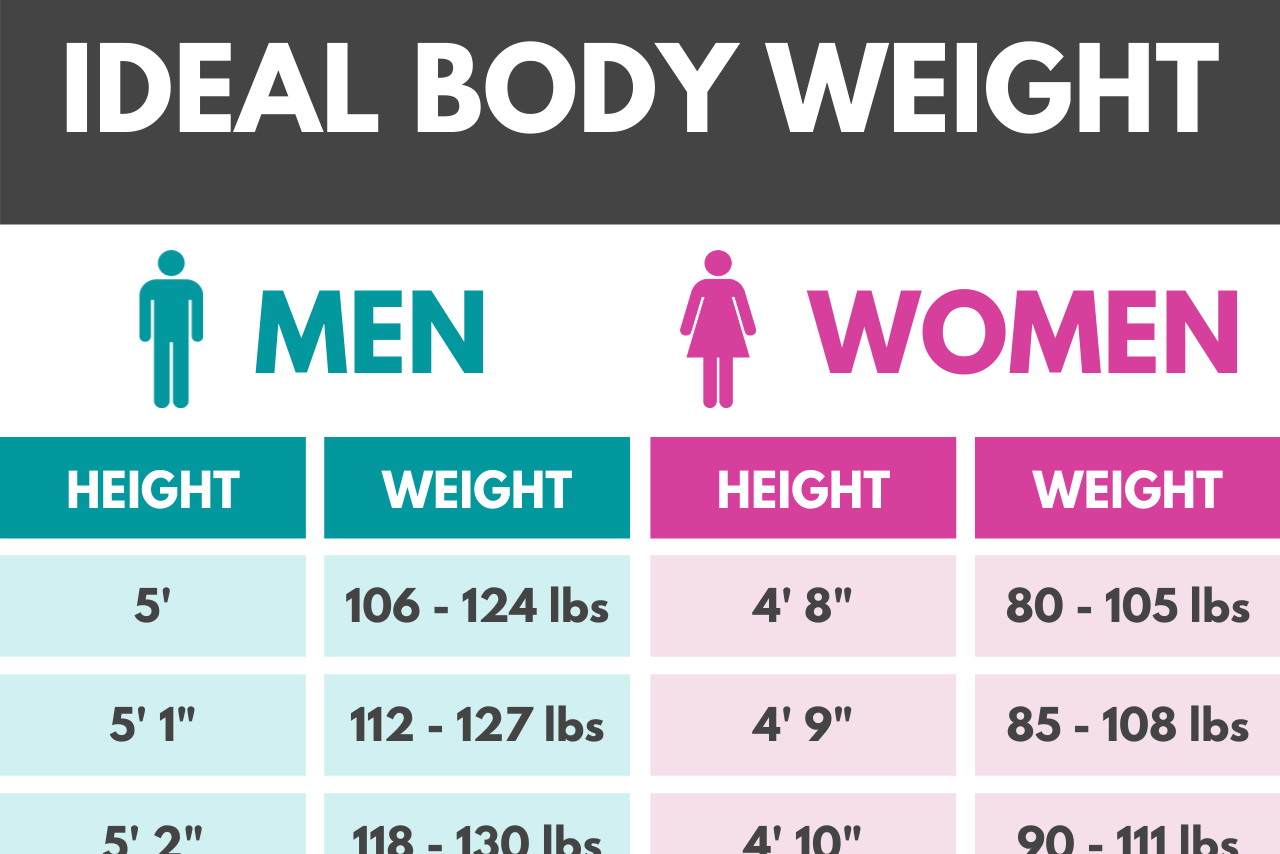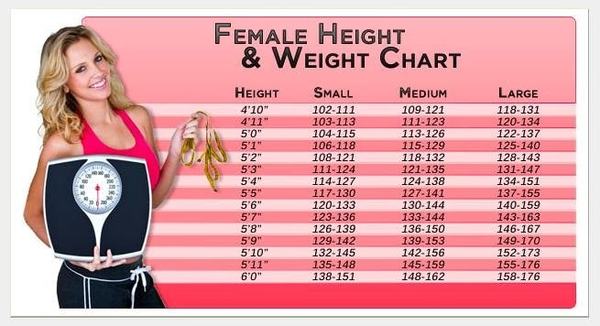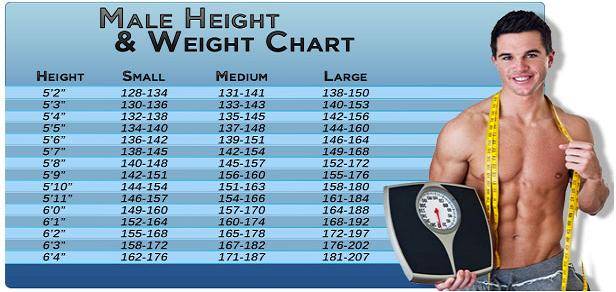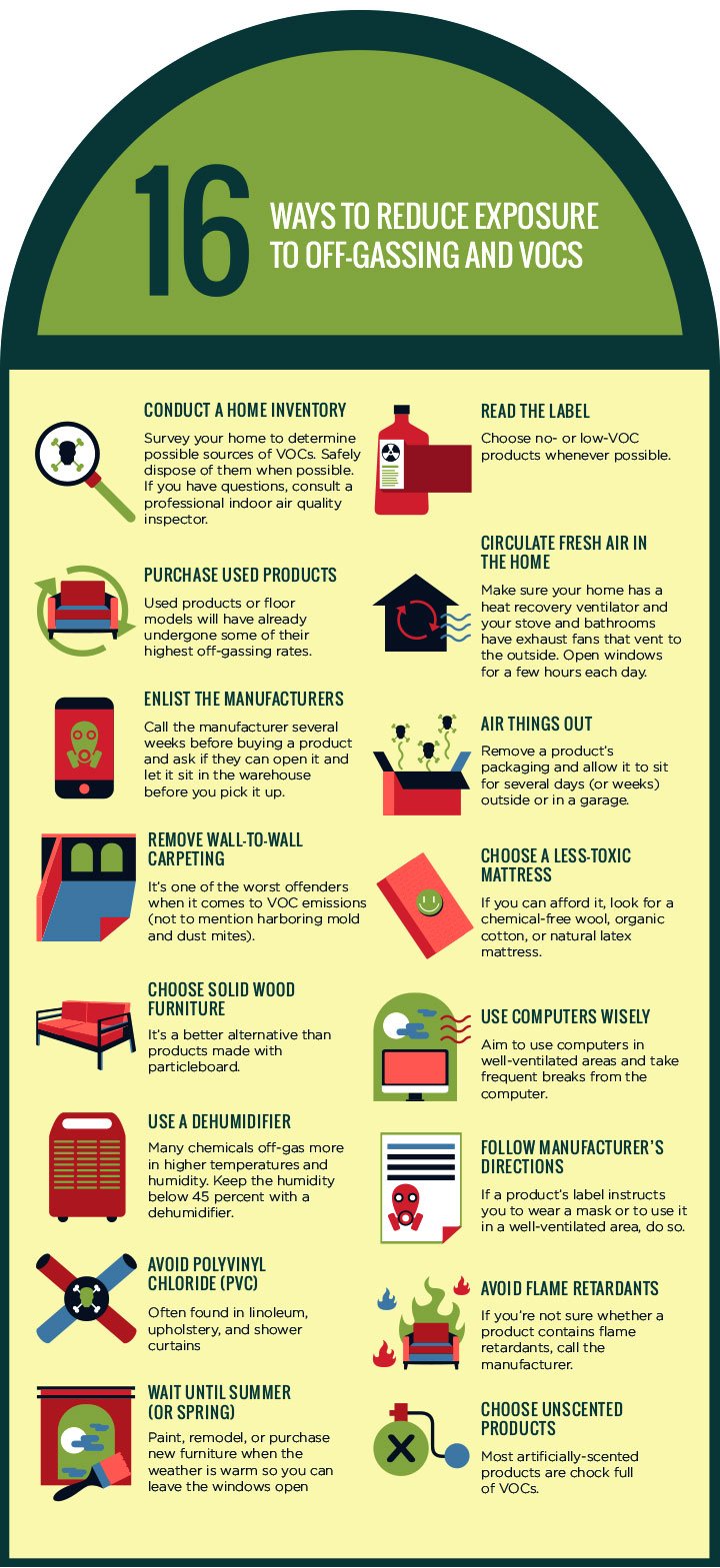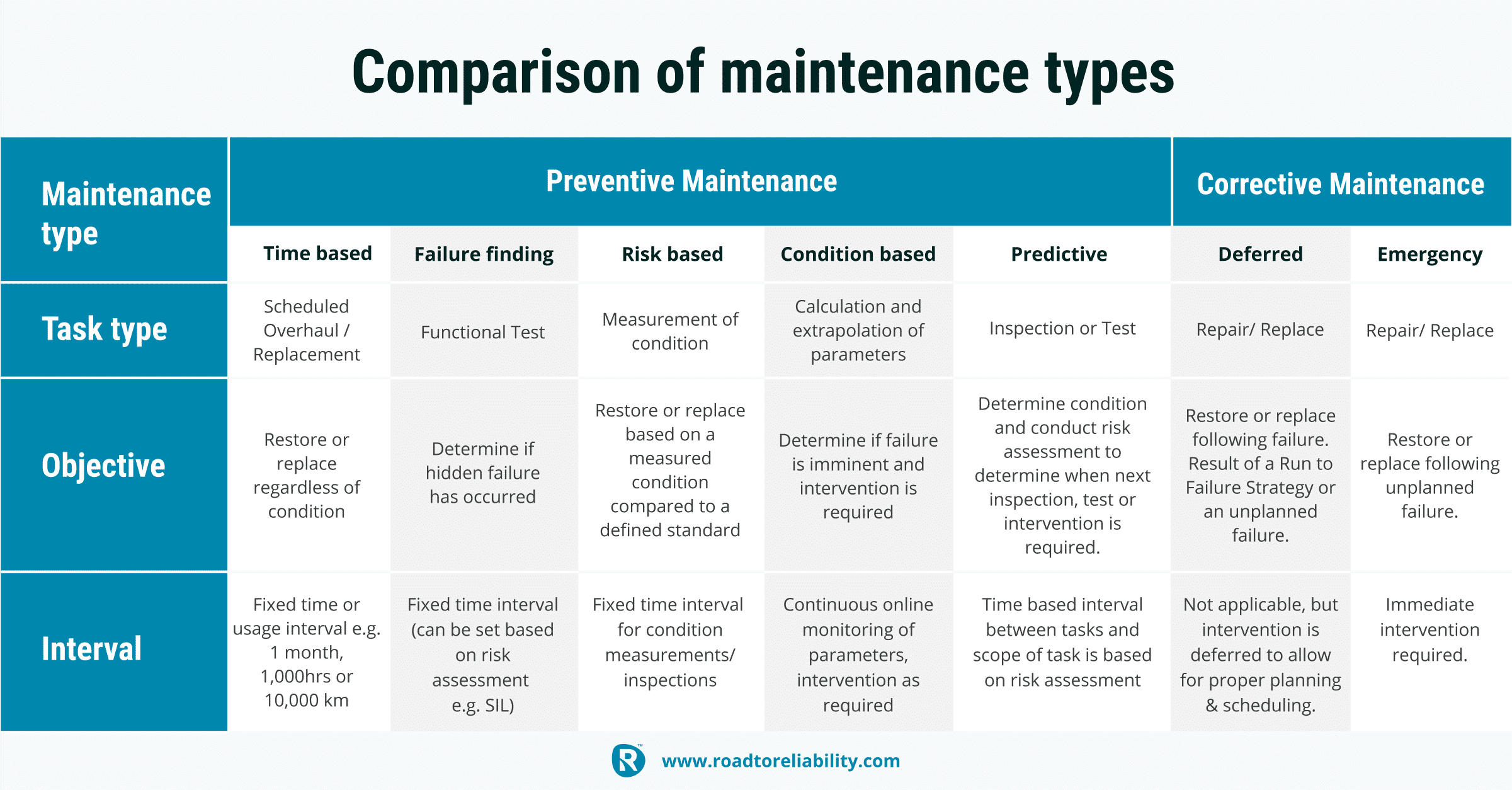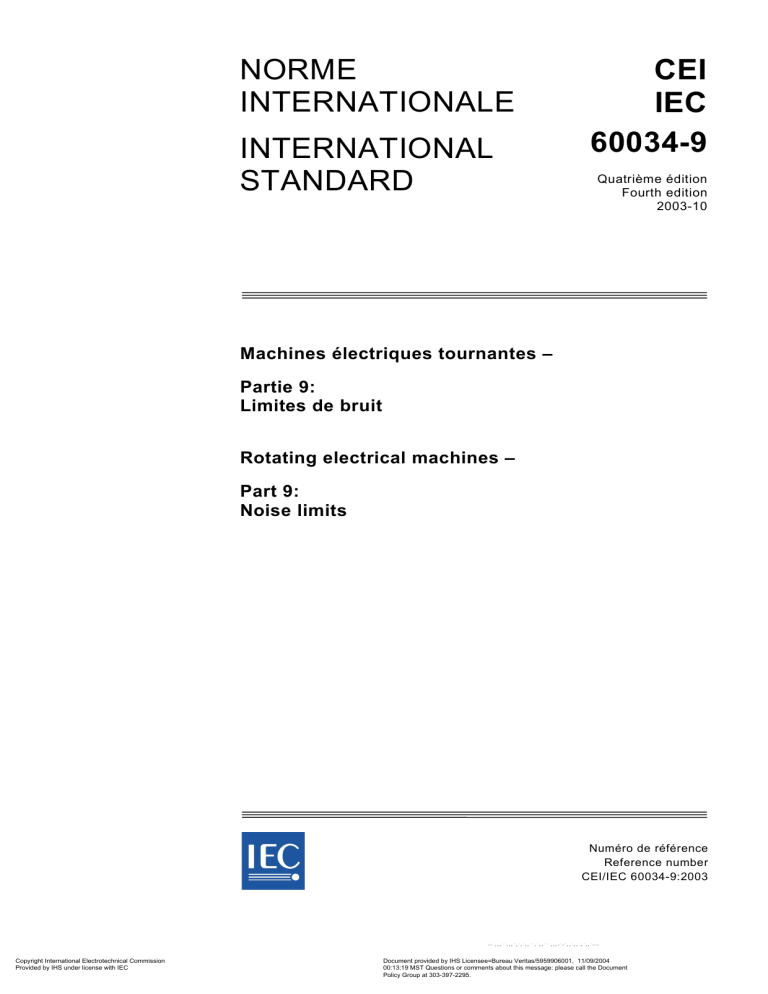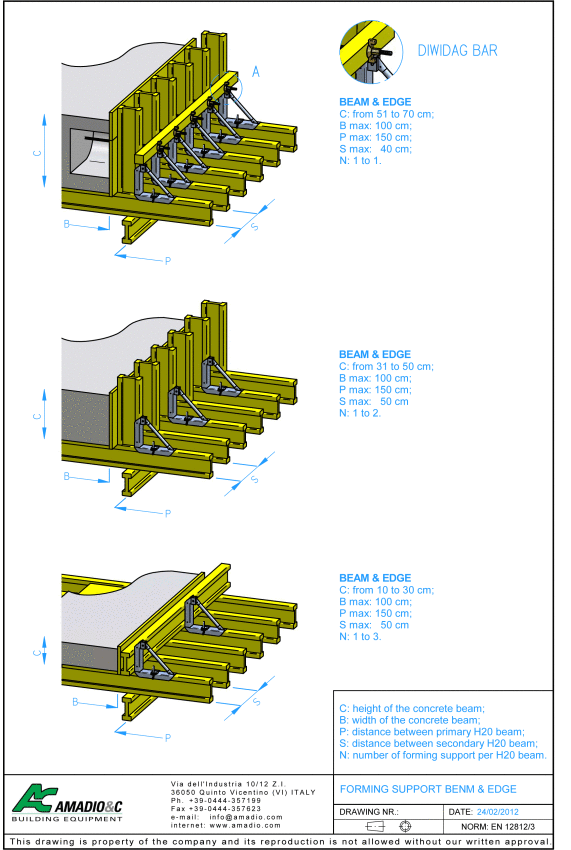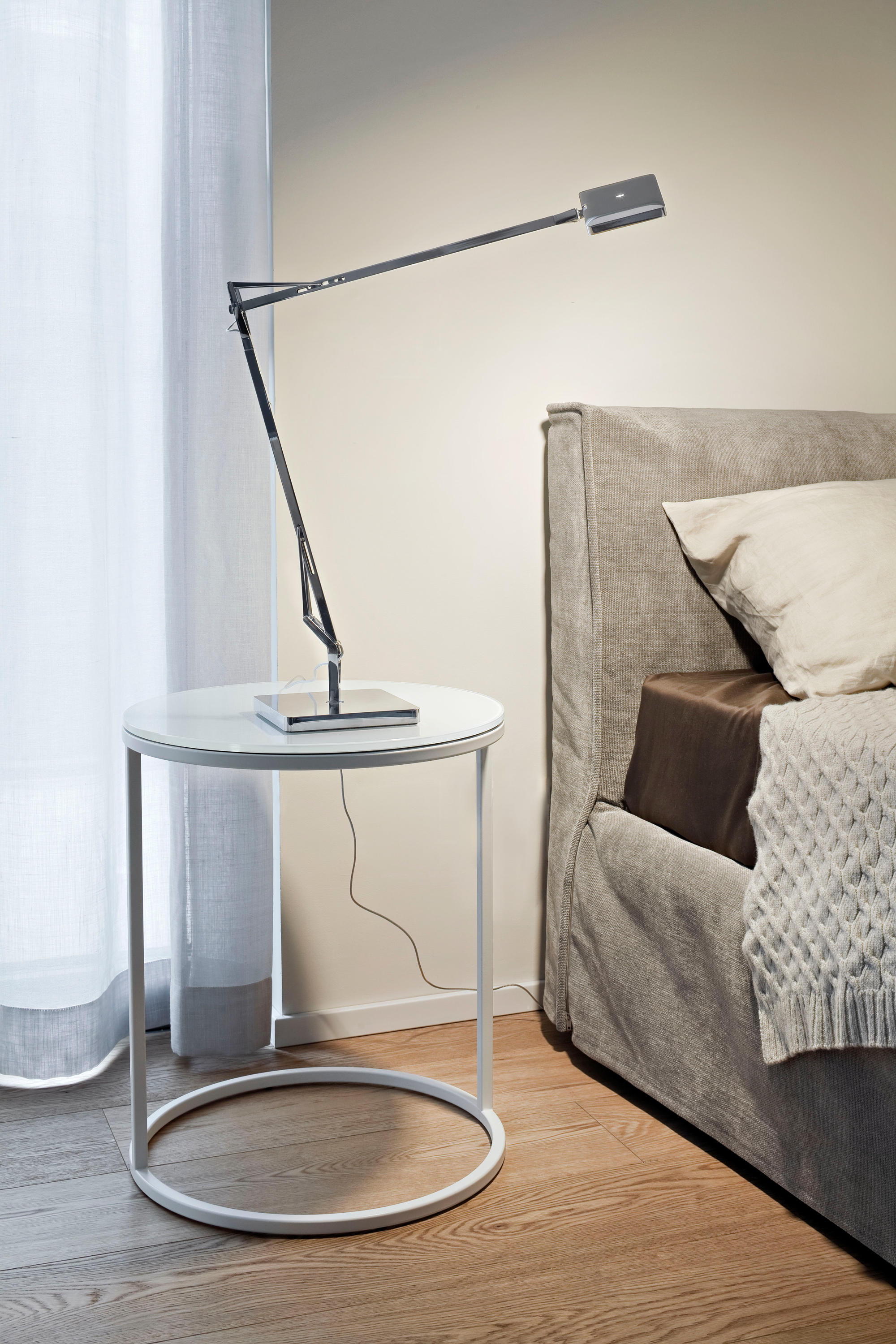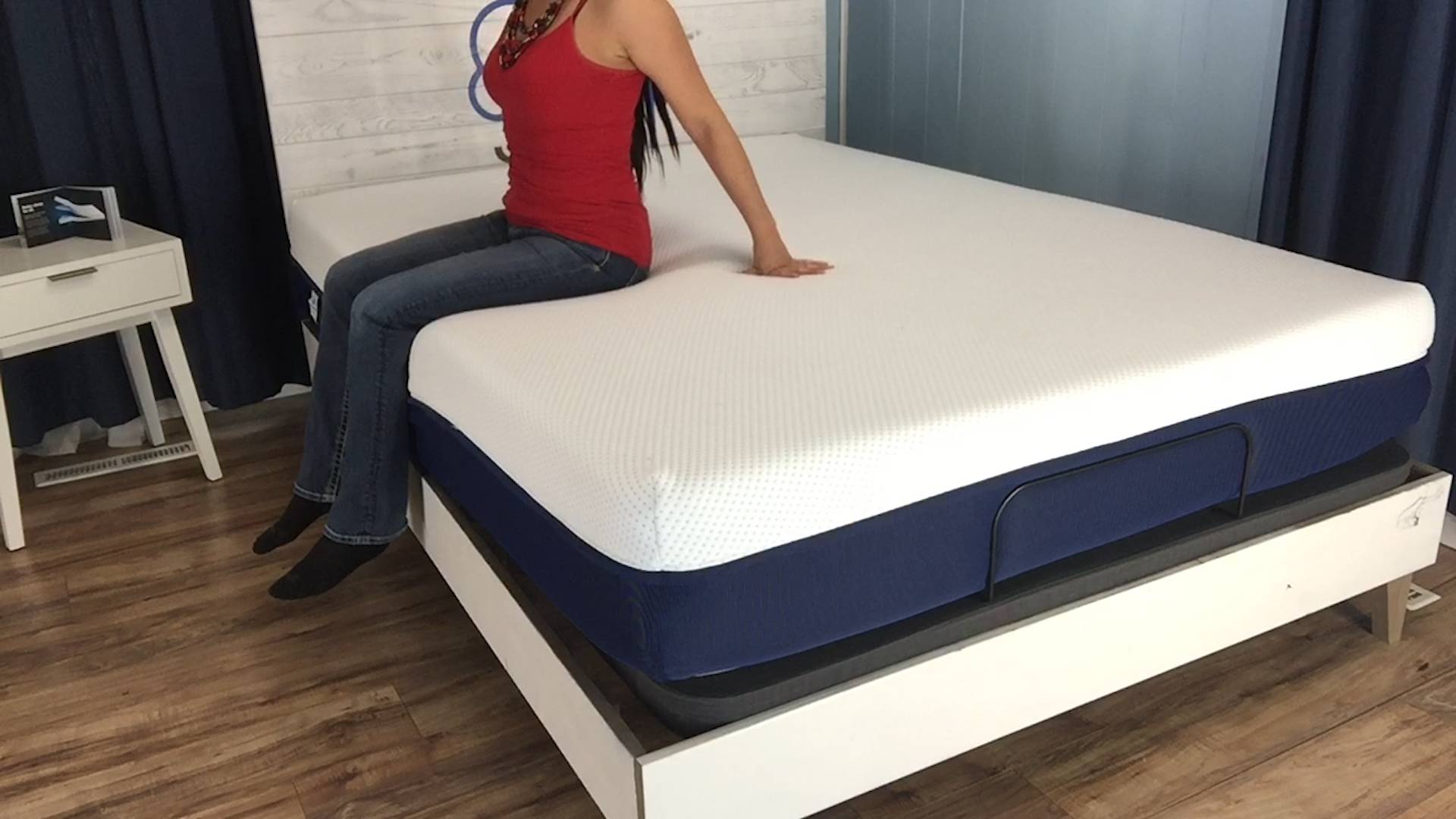When it comes to mattresses, durability is a top concern for most people. While hybrid mattresses do offer a combination of materials that can provide support and comfort, they may not always be the most durable option. This is because hybrid mattresses typically use a mix of foam and coils, and the quality of these materials can vary greatly. Over time, the foam layers may start to lose their shape and support, causing the mattress to sag and become uncomfortable to sleep on. Additionally, the coils may also wear out and lose their ability to provide proper support, resulting in a shorter lifespan for the mattress.1. Durability
Hybrid mattresses tend to be more expensive than traditional innerspring or foam mattresses. This is due to the combination of materials used and the extra cost of manufacturing. While some people may be willing to pay more for the added benefits of a hybrid mattress, it may not be a feasible option for those on a tight budget. It's important to consider the long-term cost of a hybrid mattress and whether it's worth the investment.2. Cost
One of the main selling points of hybrid mattresses is their ability to reduce motion transfer, making them a good choice for couples or people who share a bed. However, while hybrid mattresses may be better at isolating motion compared to traditional innerspring mattresses, they may not be as effective as memory foam mattresses. This is because the coils in a hybrid mattress can still transfer some motion, which can be disruptive for light sleepers.3. Motion Transfer
Hybrid mattresses often combine the support of coils with the comfort of foam, but this combination can lead to heat retention. The foam layers in a hybrid mattress may trap heat, making it uncomfortable for people who tend to sleep hot. This can be a major issue for those who live in warm climates or for anyone who struggles with night sweats. It's important to choose a hybrid mattress with cooling properties to combat this issue.4. Heat Retention
Due to the combination of materials used, hybrid mattresses tend to be heavier than traditional mattresses. This can make it difficult to move or rotate the mattress, which is important for maintaining its shape and prolonging its lifespan. Additionally, the weight of a hybrid mattress may make it more challenging to set up and transport, especially for those who live in apartments or have limited mobility.5. Weight
While there are many different types of hybrid mattresses on the market, the options may still be limited compared to traditional mattresses. This can make it difficult for people with specific sleep needs or preferences to find the right hybrid mattress for them. For example, some hybrid mattresses may be too firm or too soft for certain individuals, or they may not offer enough support for those with back pain.6. Limited Options
Like other types of foam mattresses, hybrid mattresses may emit a chemical odor when first unpackaged. This is known as off-gassing and can be a concern for people who are sensitive to strong smells. While the odor typically dissipates within a few days, it may be an issue for people who are especially sensitive or have respiratory issues. To minimize off-gassing, it's important to choose a hybrid mattress with low-VOC (volatile organic compound) materials.7. Off-Gassing
Hybrid mattresses may require more maintenance compared to traditional mattresses. The combination of materials may make it more difficult to clean and spot-treat stains. Additionally, the coils in a hybrid mattress may start to squeak or become noisy over time, requiring regular maintenance and adjustments to keep them quiet.8. Maintenance
Speaking of noise, hybrid mattresses may be noisier compared to traditional innerspring or foam mattresses. This is due to the use of coils, which can create creaking or squeaking sounds when pressure is applied. This can be particularly problematic for light sleepers or for couples who share a bed. It's important to choose a hybrid mattress with high-quality and well-constructed coils to minimize noise.9. Noise
One of the potential drawbacks of hybrid mattresses is their lack of edge support. The foam layers in a hybrid mattress may not provide enough support around the edges, making it difficult to sit or sleep near the perimeter of the bed. This can also lead to sagging and reduced overall support for the mattress. It's important to look for hybrid mattresses with reinforced edges to prevent this issue. In conclusion, while hybrid mattresses offer a unique combination of materials and benefits, they may not be the best choice for everyone. It's important to carefully consider the pros and cons before investing in a hybrid mattress to ensure it meets your specific sleep needs and preferences. With proper research and consideration, a hybrid mattress can provide a comfortable and supportive sleep surface for years to come.10. Edge Support
The Cons of Hybrid Mattresses
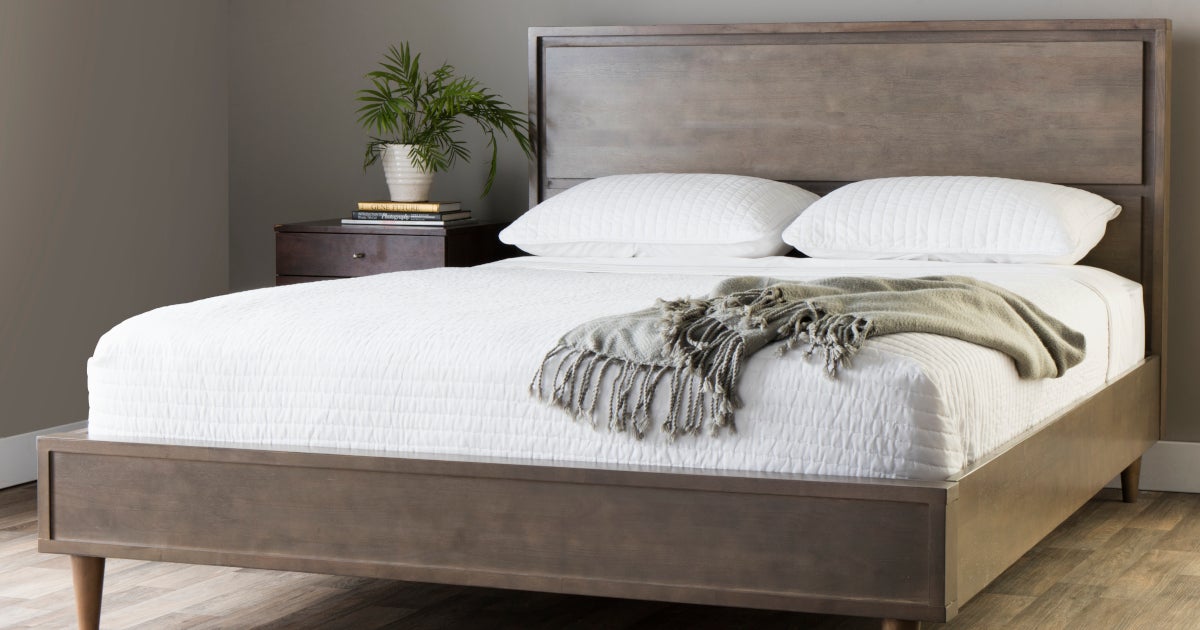
While hybrid mattresses have gained popularity in recent years, they are not without their drawbacks. Here are some of the cons to consider before investing in a hybrid mattress:
Inconsistent Feel
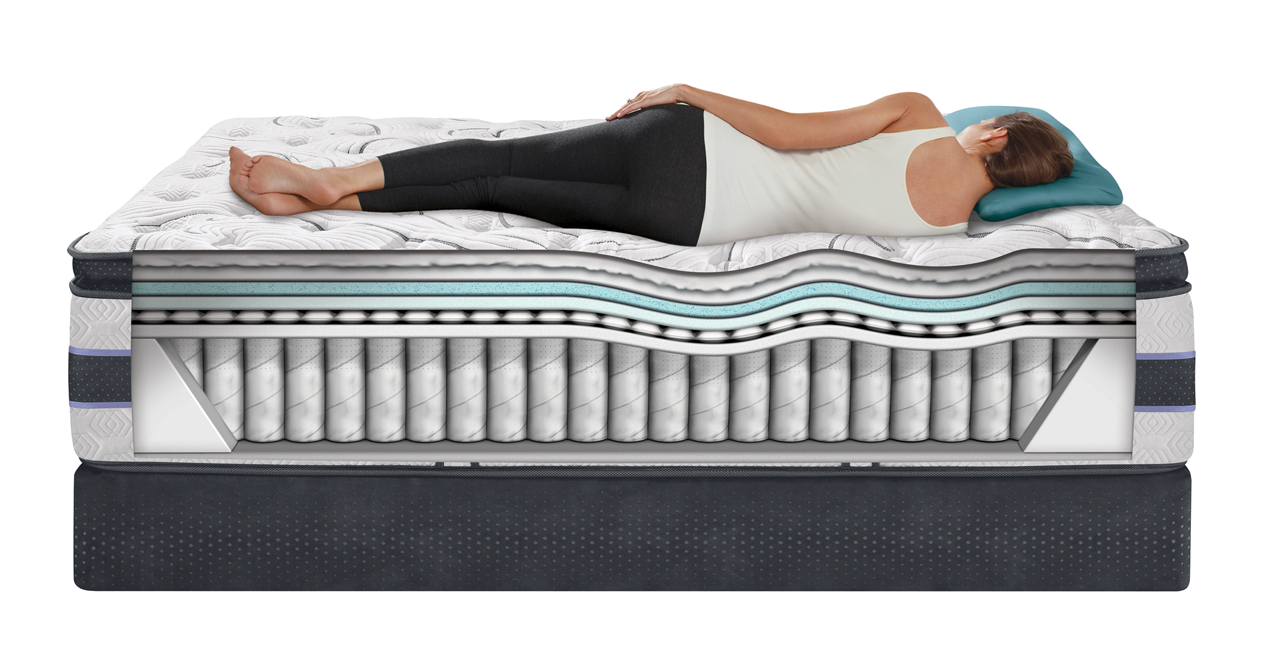
One of the main selling points of hybrid mattresses is their combination of different materials, such as memory foam and innerspring coils. However, this can also lead to an inconsistent feel as you may experience different levels of support and pressure relief depending on which part of the mattress you are lying on. This can make it difficult to find a comfortable sleeping position and may cause discomfort for some people.
Higher Price Point
/GettyImages-1206142623-3dcc300bd742421cbfa943f534ebac2c.jpg)
Compared to traditional innerspring or memory foam mattresses, hybrid mattresses tend to be more expensive. This is due to the combination of materials and construction methods used to create them. While some may argue that the added benefits of a hybrid mattress are worth the higher price, it may not be a feasible option for those on a tight budget.
Heavier Weight

Due to their combination of materials, hybrid mattresses tend to be heavier than traditional mattresses. This can make it difficult to move or rotate the mattress, which is important for maintaining its shape and prolonging its lifespan. Additionally, the weight of a hybrid mattress may not be suitable for some bed frames or platforms, which could limit your options for setting up your bedroom.
While hybrid mattresses may have their drawbacks, it is important to consider your personal preferences and needs when choosing a mattress. It is always recommended to try out a mattress in person before making a purchase to ensure it is the right fit for you. Ultimately, the choice between a hybrid mattress and other types of mattresses will depend on your individual sleeping habits and comfort preferences.






